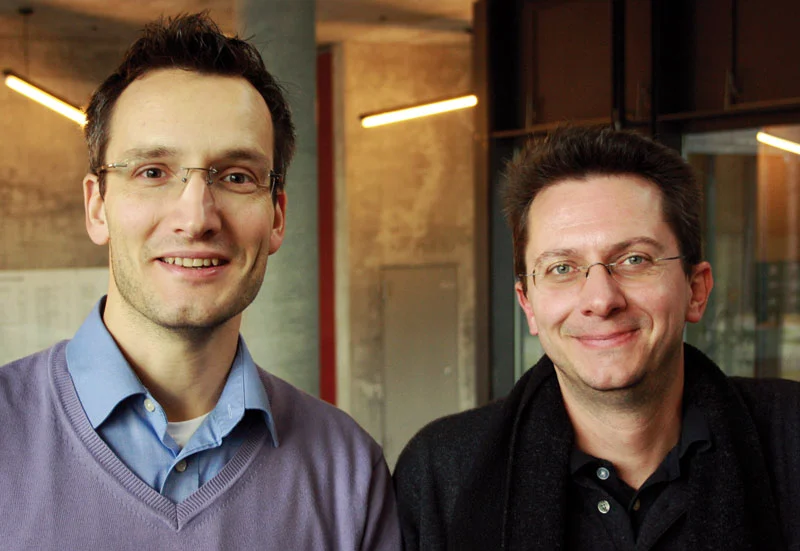Innovation seed: Hybrid materials
Editorial by Prof. Stefan Hecht & Prof. Norbert Koch, Departments of Chemistry and Physics at Humboldt-Universität zu Berlin
New products in the communication and energy sector – just think about smartphones and solar cells – continuously change our daily life. This rapid development is based on modern technologies that typically originate from the emergence of new materials. Breakthroughs in materials research are therefore often linked to new technologies and products. The key question is: What is the next BIG thing?
Considering optoelectronic devices, one wants to combine many desired properties: First of all, the device should be fabricated with little cost, it should be energy-efficient and light-weight, ideally with a long lifetime, and perhaps also flexible. While inorganic are ideally suited to realize high efficiencies and long life times, they are typically associated with high costs. In contrast, organic materials offer cheaper fabrication costs, are light-weight and flexible, yet with the drawback of a lower efficiency and shorter lifespan.
But what if one could combine these two different classes of materials? Exactly this is the goal of considerable group of researchers on Campus Adlershof. Hybrid materials for optoelectronics are nowadays the topic of several research consortia, for example in the Collaborative Research Center 951 funded by the German Research Foundation, in the Helmholtz-Energy-Alliance, and last but not least in the Integrative Research Institute for the Sciences (IRIS) Adlershof as the university’s excellence flagship project. Via the synergy of the two complementary materials classes as well as the participating scientific disciplines on the one hand new unique properties emerge and on the other hand special dynamics develop.
First success in basic research now has to be followed by subsequent steps and we are convinced that in the area of hybrid materials the Campus Adlershof will once again prove its great dynamics.
